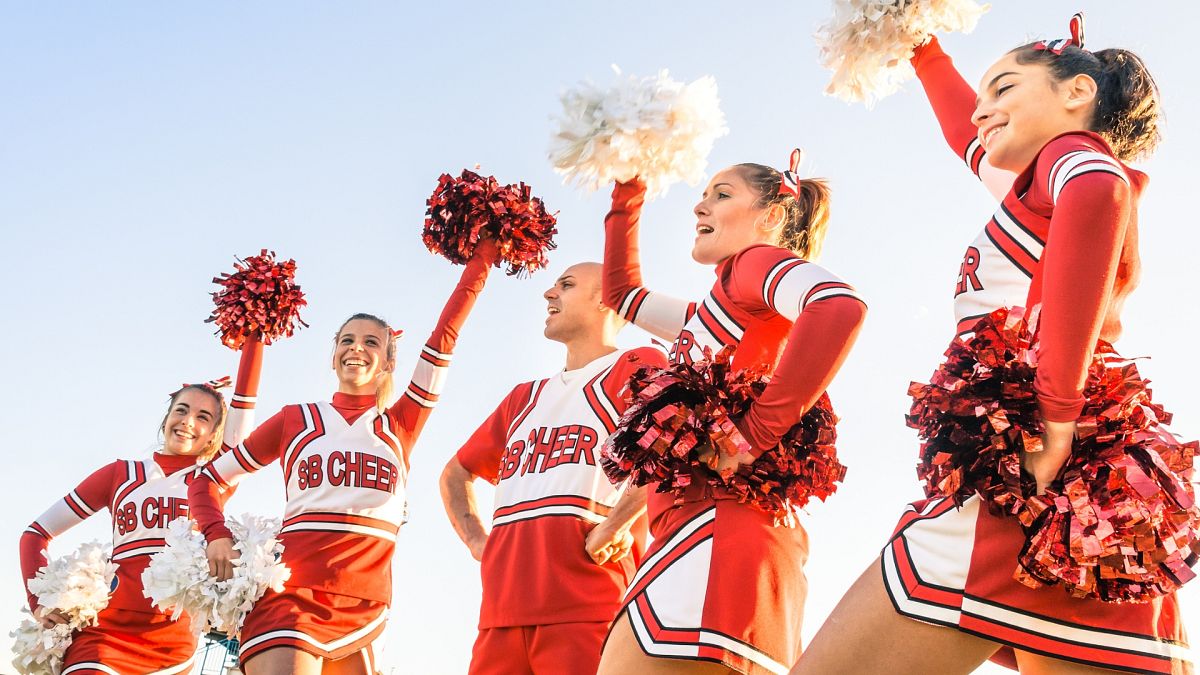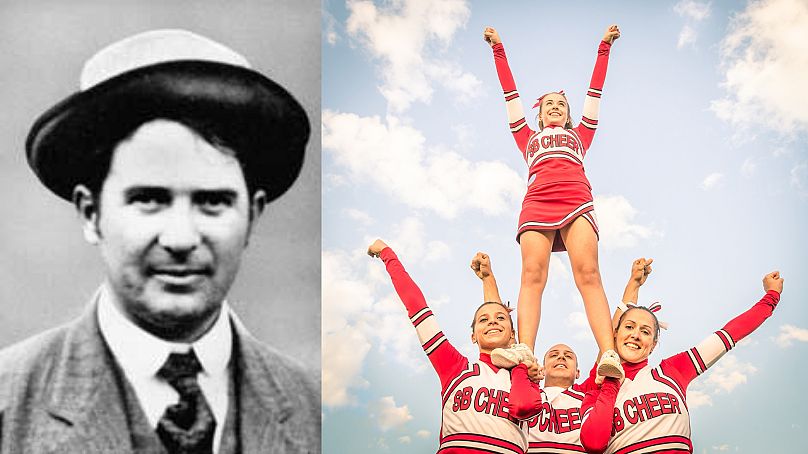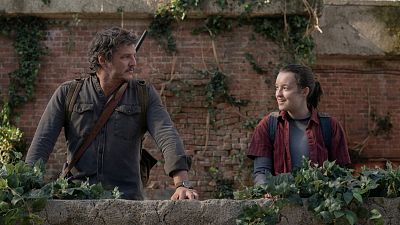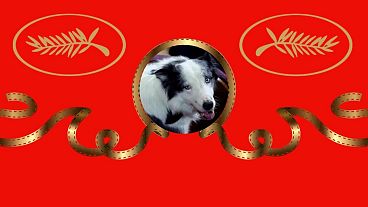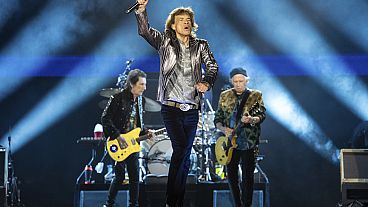2 November 1898: The birth of cheerleading.
Is there a more American pastime than cheerleading? Besides the nation’s predilection for both firearms and a lack of healthcare, cheerleading encompasses many of the US’s most identifiable qualities. The combination of brazen self-promotion, praise and sheer athletic skill is emblematic of a country whose foundational story centres on a similar myth of self creation.
Unsurprisingly, cheerleading as a sport has its origins in the US. On today, the official anniversary of cheerleading’s creation, let’s take a little look through the history books on the sport's origin.
Cheerleading has rooted itself in cultural consciousness through its myriad depictions in films. The high-school teen drama genre is littered with examples of intense groups of girls (and sometimes guys) performing tightly choreographed routines in support of their institution’s exalted football team.
Whether they’re the bullies in Heathers, the object of obsession in American Beauty, or the competitive characters of Bring It On; the image of the cheerleader is consistent: young blonde athletic women in short skirts.
It might surprise you then, that the original cheerleader was a man named Johnny Campbell.
Prior to Campbell, cheerleading’s early years were accounted for by millenia of human nature getting crowds to shout and sing their support for sporting stars. From the Ancient Greeks performing epinikon (note the inclusion of “nike”) to celebrate athletic victory all the way up to the 19th century, people have chanted for their favourite athletes.
Cheerleading, as it’s known today, first started to form out of Brits chanting in unison to support their football teams in the 1860s. In the US, the tradition passed over. A first notable example is the “Princeton Cheer”, first documented in 1869 as “Hurrah! Hurrah! Hurrah! Tiger! S-s-s-t! Boom! A-h-h-h!” It’s still in use by the school today.
Until this point, all cheerleading happened by spur of the moment chance as a crowd gathered around a team. It wasn’t until this day in 1898 that Campbell changed it into a directed activity.
Campbell, a student at the University of Minnesota, got up from his seat in the rafters during a football game and took to the pitch. He jumped the fence and from the field, directed the crowd to sing along with him: “Rah, Rah, Rah! Ski-u-mah, Hoo-Rah! Hoo-Rah! Varsity! Varsity! Varsity, Minn-e-So-Tah!”
The power of Campbell’s stunt was obvious. As Minnesota fans united around the single tune, the other team’s players and supporters couldn’t avoid the powerful impression of such a singular show of support. Soon, all teams in the US appointed Yell Leaders to corral supporters into similar displays.
From there, everything grew naturally. At some point, microphones became commonplace. It wasn’t until 1923 that the University of Minnesota allowed women to participate in cheerleading. When many men were taken away from the country to fight in World War II, the sport finally shifted to its more female-focused version today. From there, athletic displays have flourished to create the sport we know today.
